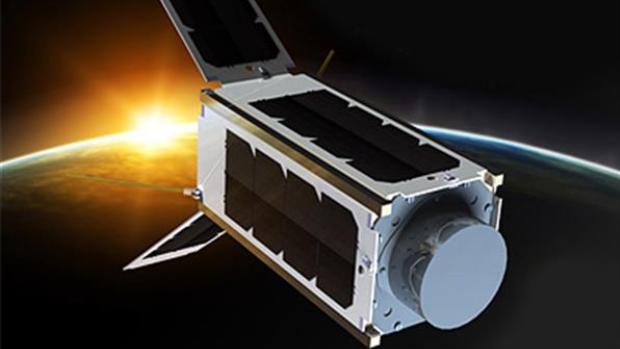UNSW-Ec0 or “CubeSat,” is a little satellite that will be dispatched soon from the International Space Station. The undercarriage of the satellite has been concocted utilizing 3D printing by the Australian Center for Space Engineering Research (ACSER). The satellite will be propelled in late 2016 as a component of the European-drove QB50 mission.
QB50 is a huge space undertaking and its prosperity will bring about the dispatch of 50 CubeSats. These are little (20 x 10 x 10cm) satellites worked by colleges from all over the globe, utilizing sensible instruments. Every one of these satellites are intended to do critical examination operations in the lower thermosphere, a locale that lies somewhere around 200 and 380 km over the world’s surface. Analysts from Australia’s University of New South Wales (UNSW) have definitely shared their information about their QB50 ventures, a hefty portion of which have been conceived utilizing 3D printing.
QB50 will showcase CubeSats from nations from everywhere throughout the world however three of these satellites were outlined and worked in Australia. Andrew Dempster, Director of ACSER, (a portion of UNSW) as of late talked about the significance of investigating the thermosphere utilizing CubeSats.
The two other Australian CubeSats are INSPIRE-2 and SUSat
ACSER’s individual development is a satellite called “UNSW-Ec0.” This CubeSat measures 2 kgs and will house the INMS (Ion/Neutral Mass Spectrometer), a gadget that will decide the mass of particles and nonpartisan molecules in the thermosphere, and four other non-QB50 payloads. UNSW-Ec0 will keep going for 6 months and is controlled by sun-based cells and batteries.
The suspension of the ACSER-made UNSW-Ec0 is produced using 3D printed thermoplastic. The satellite is henceforth, the first of its kind. These satellites will be tried to see whether such 3D printed structures would withstand the rigors of space.
Elias Aboutanios, venture pioneer of UNSW-Ec0 and a senior teacher at UNSW said that the satellites will circle this district for 3-9 months—and perhaps up to a year.
Source: 3ders.org
